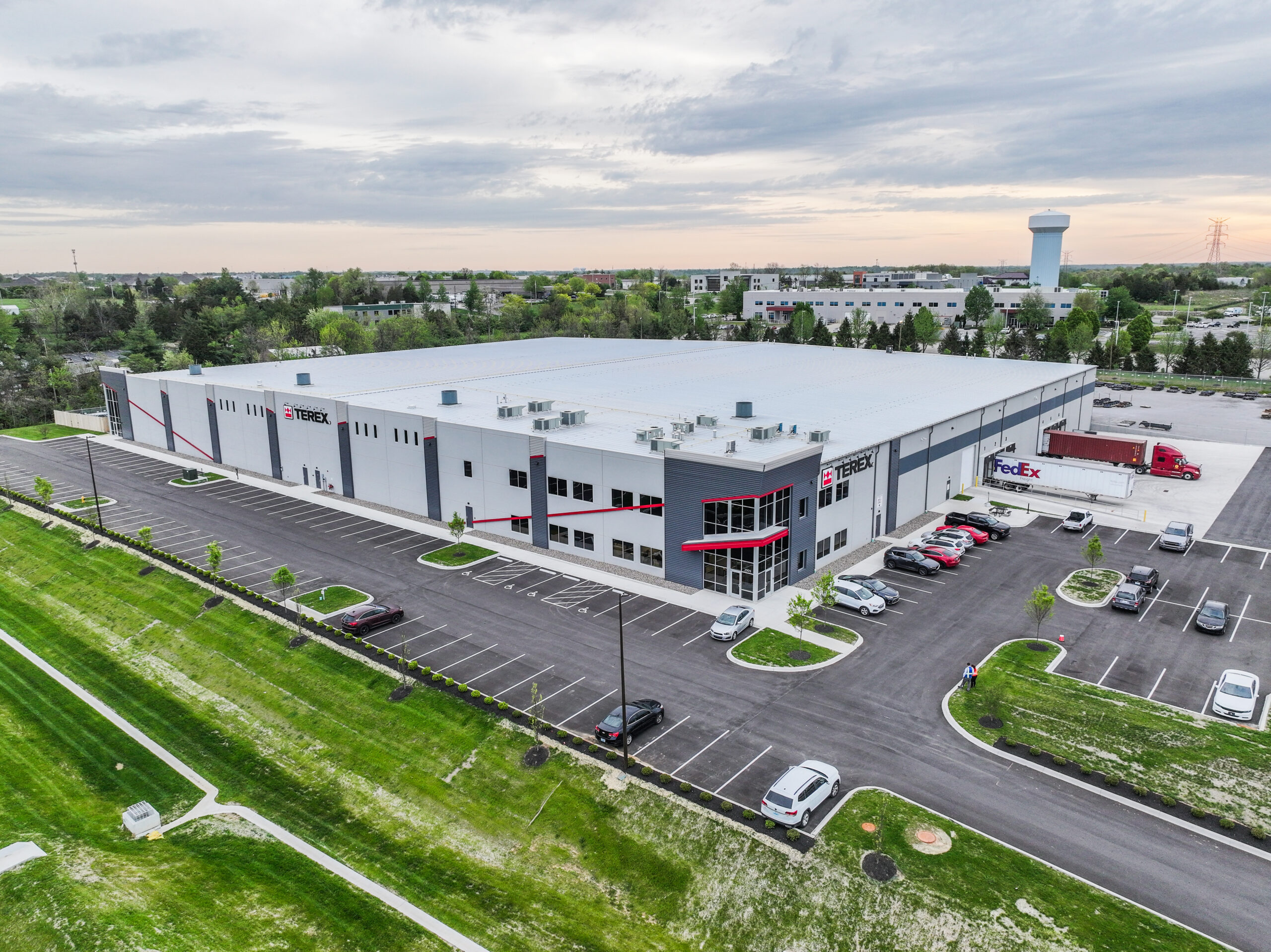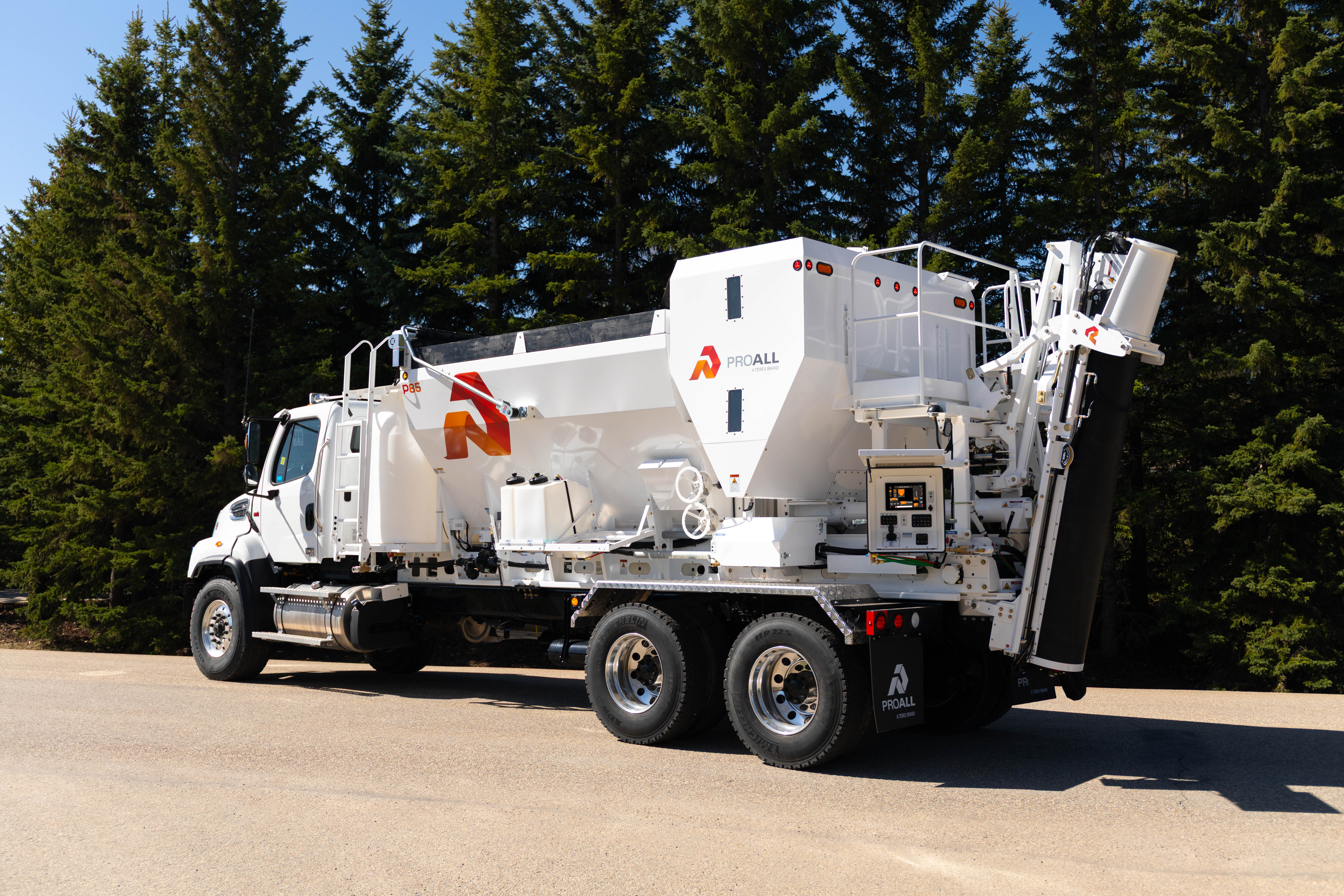
The Importance of Control Joints in Concrete
Control joints, also known as control cuts or contraction joints, play a crucial role in concrete structures. These intentional breaks or grooves serve multiple purposes, including crack prevention, stress relief, aesthetic considerations, maintaining structural integrity, and facilitating maintenance and repairs. This blog post will delve deeper into the significance of control joints and why they are essential for successful concrete projects.
Crack Prevention
One of the primary functions of control joints is preventing uncontrolled concrete cracking. As concrete cures and dries, it naturally shrinks. Without control joints, this shrinkage can result in random and unpredictable cracking, compromising the structural integrity of the concrete. By providing predetermined weak points, these joints allow the concrete to crack in a controlled manner, preventing uncontrolled cracks and ensuring the durability and longevity of the structure.
Stress Relief
Concrete undergoes internal stresses due to temperature changes, moisture variations, and drying shrinkage. These stresses can cause the concrete to crack if not adequately managed. Control joints offer a solution by allowing the controlled release of these internal stresses. By providing predetermined areas of weakness, they minimize the likelihood of random cracking occurring throughout the concrete. This controlled stress relief helps maintain structural stability and reduces the risk of unsightly and potentially damaging cracks.
Aesthetic Considerations
These joints contribute to concrete structures’ visual appeal in addition to their functional role. By strategically placing control joints, contractors can control the location and pattern of cracks. This deliberate placement ensures that damages occur along predetermined lines, creating a more aesthetically pleasing appearance. Instead of random shots, the concrete surface displays a purposeful pattern that is less noticeable and easier to manage, enhancing the overall visual appeal of the structure.
Structural Integrity
Control joints play a crucial role in maintaining the strength and stability of concrete structures. Controlling the location and direction of cracks, they help prevent uncontrolled cracking that can compromise the structural integrity. Wild cracks may weaken the concrete, leading to structural failures. The presence of these joints ensures that cracks occur at predetermined locations, minimizing the risk of structural damage and preserving the overall strength and durability of the concrete.
Maintenance and Repair
Should cracks occur in concrete over time, control joints provide a practical solution for maintenance and repair. They serve as easily identifiable and accessible locations for addressing gaps. Control joints act as natural boundaries when repairs are needed, making patching or resurfacing the concrete simpler. By confining the repair work within the predetermined joint lines, contractors can efficiently address cracks and maintain the structural integrity of the concrete.
Control joints are indispensable in concrete construction, serving multiple crucial purposes. From crack prevention and stress relief to maintaining structural integrity and facilitating maintenance, these intentional breaks or grooves are vital in ensuring the strength, stability, and aesthetics of concrete structures. Consulting professionals and adhering to best practices regarding control joint placement and design are essential to successful concrete projects.
Learn more about with this informative video by Marshall Remodel Watch Now!


